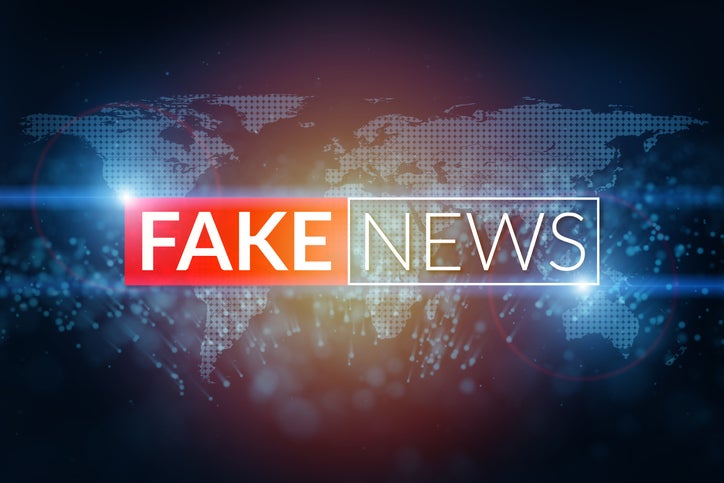The Impact of Fake News on the 2016 US Presidential Election: A Stanford Study Deep Dive
The 2016 US presidential election was a watershed moment in American politics, marked by the proliferation of fake news stories across social media platforms. A comprehensive study conducted by researchers at Stanford University delved into the impact of these fabricated narratives on the electorate, seeking to understand their reach, influence, and potential consequences for democratic processes. The study’s findings painted a complex picture of the fake news ecosystem, revealing its pervasiveness and the challenges it posed to informed decision-making during the election cycle.
The Stanford study employed a multi-faceted approach, combining surveys, content analysis, and web traffic data to assess the exposure and engagement with fake news. The researchers meticulously identified and categorized fake news sources, differentiating them from legitimate news outlets and satirical publications. This involved analyzing the content shared on social media, tracking its origins, and evaluating its veracity. The research team also conducted extensive surveys to gauge public awareness and perception of fake news, attempting to quantify its impact on voting behavior.
One of the study’s key findings was the sheer volume of fake news disseminated during the election campaign. Millions of Americans were exposed to fabricated stories circulating online, many of which targeted specific demographics or promoted partisan agendas. The study revealed that pro-Trump fake news articles were significantly more prevalent than pro-Clinton ones, raising concerns about the potential for manipulation and undue influence. The researchers also observed a distinct pattern in the consumption of fake news, with certain demographic groups demonstrating higher levels of engagement than others.
Despite the significant reach of fake news, the study’s conclusions about its direct impact on voting decisions remained cautious. While there was evidence that exposure to fake news could reinforce existing biases and partisan affiliations, it was difficult to establish a clear causal link between consuming fabricated narratives and shifting voting preferences. The researchers acknowledged the complexity of isolating the influence of fake news from other factors that shaped voter choices, such as political ideology, economic circumstances, and social influences. Further research was deemed necessary to definitively determine the extent to which fake news altered the outcome of the election.
Nevertheless, the Stanford study underscored the potential risks posed by the spread of misinformation in the digital age. The researchers emphasized the need for media literacy initiatives to equip citizens with the critical thinking skills required to discern between credible and unreliable information sources. They also advocated for greater transparency and accountability from social media platforms in curbing the spread of fake news. The study’s findings served as a wake-up call for policymakers, journalists, and technology companies to address the challenges posed by the evolving information landscape.
The 2016 US Presidential election highlighted the vulnerabilities of democratic processes to manipulation in the digital age. The Stanford study, though cautious in its assessment of direct impact, emphasized the threat posed by the sheer scale of fake news dissemination. The pervasive nature of fabricated news stories, even if not demonstrably swaying individual votes en masse, polluted the informational ecosystem and may have deepened partisan divisions. These findings underscore the urgent need for proactive measures to improve media literacy, enhance platform accountability, and safeguard democratic discourse in the face of future elections.


